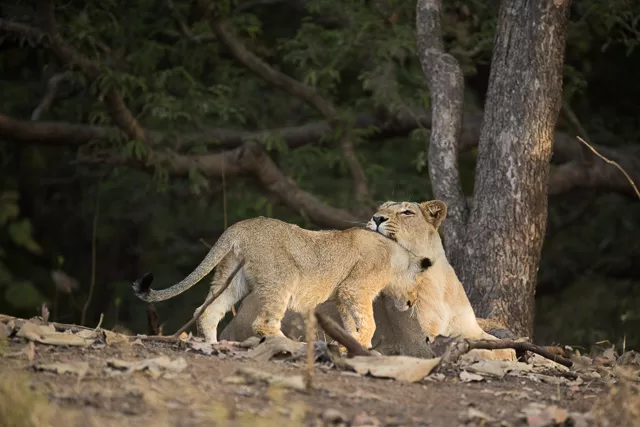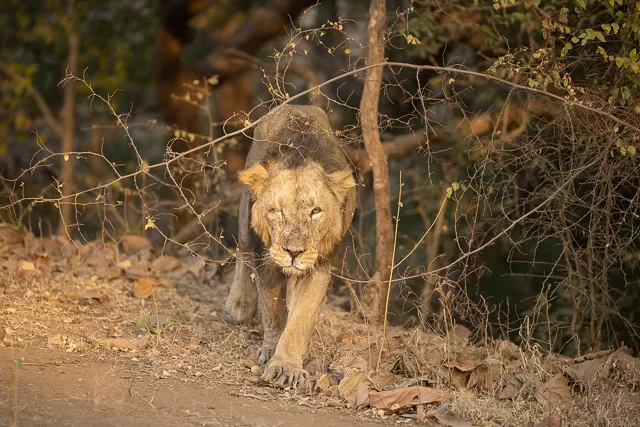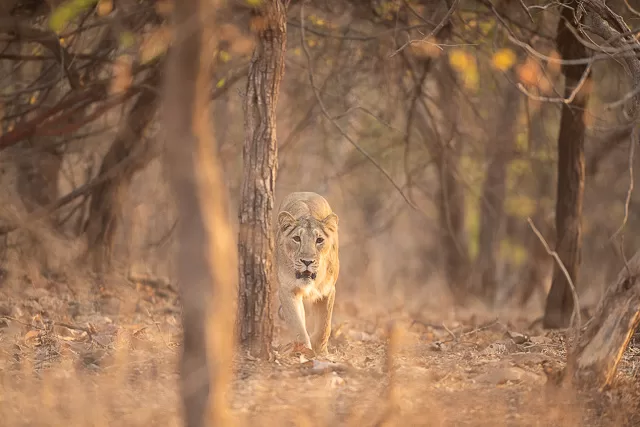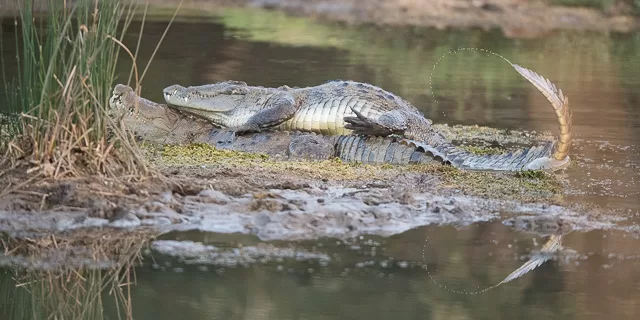About
Top Experiences
Type of Journey
Subscribe to newsletter and stay updated
Read about our travel expeditions, new destinations, new pictures, latest trip schedules
The last stronghold of the Asiatic Lion is located in Gujarat’s Gir National Park, a stunning but hard environment with a predominant teak forest. With a semi-arid wilderness adorned in red, beige and the occasional flash of scarlet, Gir National Park, one of India’s most valuable biodiversity vaults, is anything from lush. Though it lacks the vast plains of Masai Mara, when the forest fires and silk-cotton trees are in blossom, thoughts of distant Africa nevertheless come to mind. More than 300 different bird species can be found in and around Gir National Park, and the forest provides something in these ecological conditions for the Gir Lions, which have made them one of the rarest cats in the world to live.
OVERVIEW
Location:Junagadh, Gir Somnath and Amreli Districts, Gujarat, India
Nearest Airport:Rajkot and Ahmedabad Airport
How to reach:8 hours drive from Ahmedabad airport
Famous for:Asiatic Lion,
Indian Leopard
Best time to visit: Oct to June
WHAT TO SEE
Mammals: jungle cat, striped hyena, Golden jackal, Indian gray mongoose and Ruddy mongoose, chital, nilgai, sambar, four-horned antelope
Birds: crested serpent eagle, black-headed oriole, Indian peafowl, brown-capped pygmy woodpecker, Indian eagle-owl, Bonelli’s eagle, changeable hawk-eagle, brown fish owl, rock bush-quail, crested treeswift and Indian pitta
Asiatic lions were originally found throughout Asia Minor and Arabia, and as the years passed, they began to inhabit areas of India as far north as Saharanpur, Moradabad, and Ludhiana, as well as areas to the east and south, including Bihar and the Narmada basin. However, the extinction of animals from the planet was almost brought about by habitat destruction, violent horseback riding, and manchan hunting. In Gujarat, the last lion was slain in 1870, while in Central India, where they were left alone, the last Asiatic lion was killed in 1884. Approximately 300 lions were driven into this little Gir forest in the country’s westernmost region, where they now coexist in a precarious environment with humans, cattle, and India’s ambitious industrial goals.

The seven major rivers that traverse through Gir National Park’s habitat—the Hiran, Saraswati, Datardi, Shingoda, Machhundri, Ghodavadi, and Raval—are essential to the survival of the lions. These rivers are always the final sources of water available to the human society below when their wells and streams dry up, until the next monsoon that brings life. Semi-arid and deciduous woods make up 10% of the Gir forest’s eastern portion, and the remaining 90% is made up of stunted forests dotted with hilly grasslands that are themselves divided by steep rocky ravines.

Lion of Giris a sure sight if you decide to stay a couple of days but they are slightly smaller in size than the African lion. With a smaller mane, it is a shaggier creature with dense belly fringes and a distinctive belly fold. It is best to step out early in the morning to witness the massive Lions that are on patrol be they loners, pairs, or pride because there is nothing more impressive than sighting a large male in the wild. Watch the Lions at fairly close quarters as they perceive little threat from humans which makes it quite impossible to see them out in the open. Gir forest is also a great place to see leopards, also known as panthers that are much smaller than the lion of Gir and are more agile and climb trees which helps them to keep out of the way of the heavier, more powerful cats. The deer prey species that can be seen all over the park are sambar, chital (now abundant), nilgai (the largest Indian antelope), four-horned antelope, and chinkara including langur and wild boar.

For those who enjoy nature, a Jeep safari is a must-do activity to see the Gir forest’s flora and fauna. For guests to travel to one of these zones at a time on a jeep safari, the forest is divided into various zones. The Gir Forest can be explored by jeep safari roughly three hours before sunrise or three hours after dusk. On your 6-seater Maruti gypsy trip, a driver and a forest guide employed by the regional forest service will be with you. For a safari, no other private vehicles are permitted to operate inside Gir National Park.
